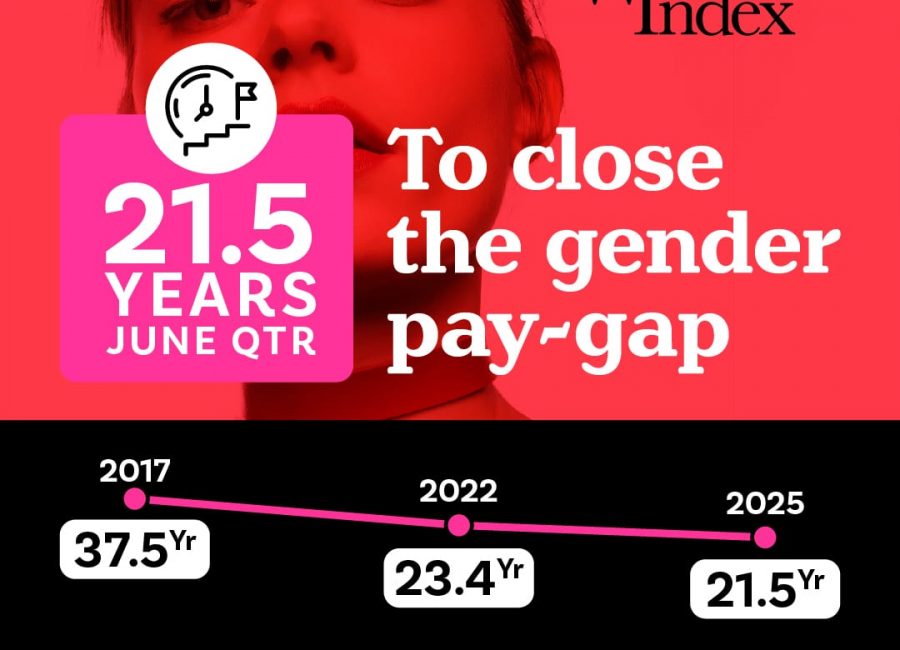What better way to celebrate the festive season than by splurging on an overseas holiday. But sometimes organising your travel money can be full of bill shocks, unless you do your homework first.
A finder.com.au survey revealed that 41 per cent of Aussies accrue debt during their travels, with an average debt of $2,705, and women accumulating more debt than men on average.
While a holiday sounds like the perfect way to take a break from the daily grind, a bit of common sense and awareness can go a long way in making sure you don’t wind up with a sizeable debt that you can’t afford to repay.
There are many different ways that you can pay for your activities overseas, such as cash, a credit card, a debit card or a pre-loaded travel card.
Here’s an outline of some travel money options that may be suitable for your next family get-away.
Prepaid travel money card
With a travel card, you can avoid the fees associated with using your regular card overseas. A prepaid travel money card, for example, lets you load Australian dollars and transfer them into supported currencies so that you can spend without any currency conversion fees. As an added bonus, the exchange rates are locked in, so you’ll avoid any fluctuations in the market while you travel.
These cards are helpful if you have a budget in mind that you need to stick to. By loading money onto the card before you leave, you’ll know exactly how much you have available to spend.
Travel credit card
Travel credit cards function similarly to your regular credit card, which means you’ll have access to rewards, extras and other perks such as complimentary travel insurance. Some travel credit cards may have features designed for overseas use, such as low currency conversion fees or no overseas ATM withdrawal fees.
Travel debit card
A travel debit card allows you to draw funds from your own savings account and usually excludes currency conversion fees and ATM withdrawal fees, making it a cost-effective option. Like the prepaid travel card, you have a finite amount of finances available to you, meaning that you’ll be less likely to overspend.
Learning about these travel money options is all well and good, but what happens if you do come back from your holiday with travel debt? Well, there are some excellent tips from MoneySmart that can help you pay off your credit card debt and find potential savings, and there are even some tips on how to travel debt-free on your next holiday.
If you’ve got debt from using your credit card overseas, consider performing a balance transfer to a card with a promotional 0 per cent balance transfer interest rate, which can save you a lot in interest payments as you pay off your card. Just be sure to pay off your entire debt before the balance transfer period is up or you could end up exacerbating your debt with the higher revert rate.
You can also reduce your debt faster in other ways, such as increasing your repayments to exceed the minimum amount. This ensures that you’ll pay off your debt faster and reduce the amount of interest that you have to pay overall.












